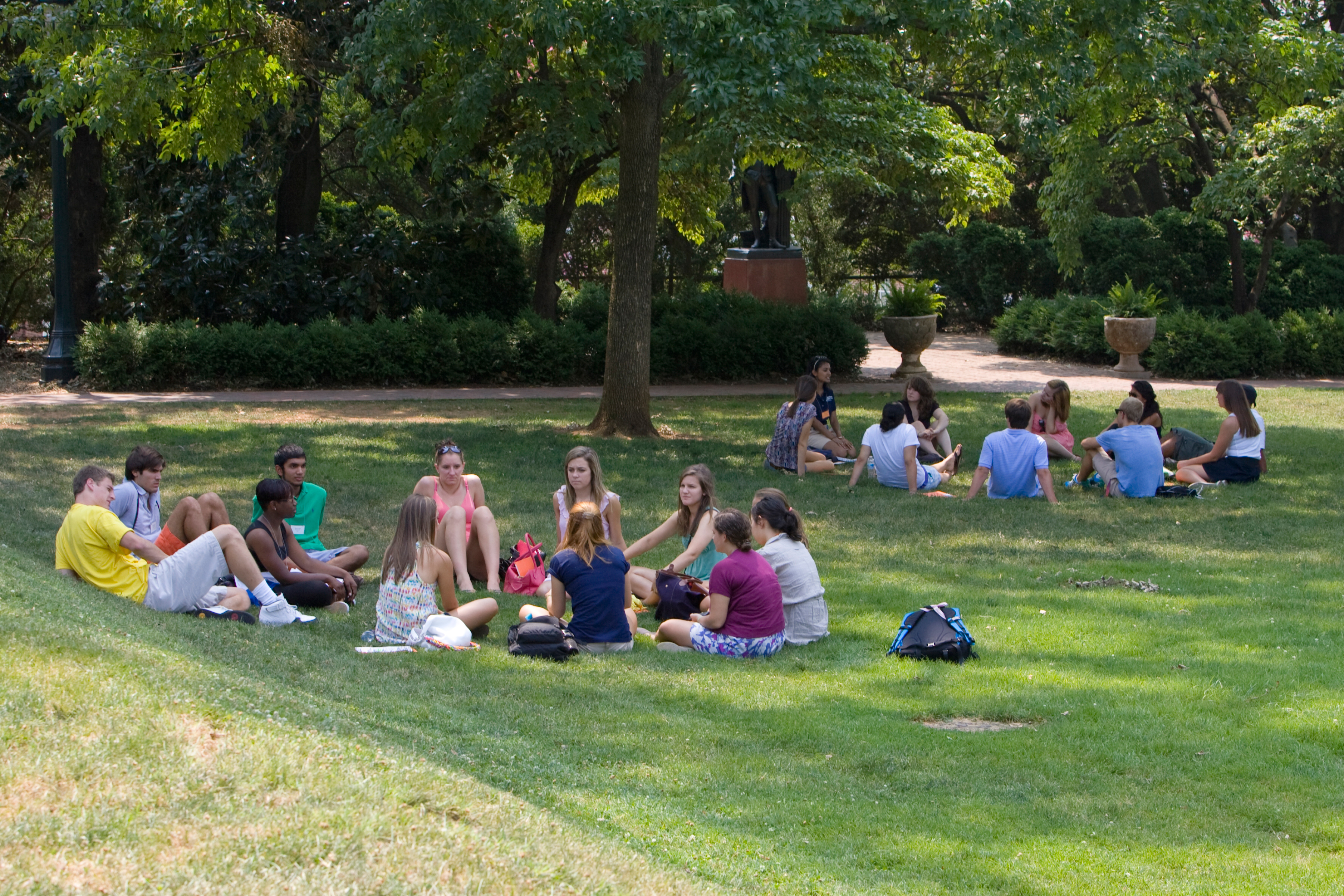The University of Virginia reduced its electrical draw by 15 megawatts for an hour during last week’s “energy emergency” drill, surpassing its goal by four megawatts.
The University turned off equipment and switched several operations to generators. The drill was part of U.Va.’s participation in the Demand Response Program, sponsored by the state Department of Mines, Minerals and Energy. Called the “U.Va. Saves Hour,” it is designed as a practice run, so that in case of an energy emergency, U.Va. will be prepared to reduce its consumption from electric utilities.
U.Va. receives approximately $190,000 from Integrated Demand Resources, a unit of the nationwide company Johnson Controls, for its participation in the program, but must conduct an annual load-reduction test to qualify.
An energy emergency could be declared if heavy use of the electric generating and transmission system threatens to cause outages, such as on a very hot summer day when everyone with an air conditioner is using it.
“Our test was very successful,” said Nina Morris, sustainability outreach coordinator at Facilities Management. “We were able to exceed our goal of 11 megawatts to hit a 15 megawatt reduction, which bodes well for U.Va.’s ability to reduce its electric draw during peak demand times.”
The University has a peak energy demand of around 54 megawatts an hour, with an average draw of about 42 megawatts per hour.
Much of the University’s demand comes from operating heating and chilling plants, and several of those were switched over to gas-powered generators, including the Main Heating and North Chiller Plant, Massie Road Heating and Chiller Plant and the South Chiller Plant. The John Paul Jones Arena was also switched over to a generator, as were Jordan, Clark and Wilsdorf halls and Medical Research buildings 5 and 6. There was also a Grounds-wide effort to turn off equipment, such as lights, computers and printers.
“We had excellent participation from U.Va. employees and students,” Morris said. “It was exciting to see how many people submitted tips on how they were going to reduce electricity for ‘U.Va. Saves Hour’ and how many departments had worked together to turn off unnecessary lights and plug loads in buildings.”
While employees were asked to reduce their consumption of electricity at work as much as possible, Morris said the functions of the University were not interrupted.
“There was no effect on patient care or research,” she said.
Each year it has participated in the drill, the University has increased the amount of electricity it has saved. Last year, it reduced its draw by 10 megawatts for an hour.
“This year’s load test showed a reduction in electricity that greatly exceeded our expectations,” said Jesse Warren, an energy engineer at Facilities Management. “It goes to show that when everyone, from Facilities Management to the Newcomb Hall Information Desk, works toward a common goal, we can achieve tremendous results.”
With summer temperatures pushing electrical demand, “It is important to remember that we need to reproduce this performance when there is an actual grid emergency,” Warren said. “If this year’s test is any indication, we should be able to achieve excellent reduction during the actual event.”
Media Contact
Article Information
June 26, 2013
/content/uva-exceeds-goal-reducing-electric-demand-emergency-drill

